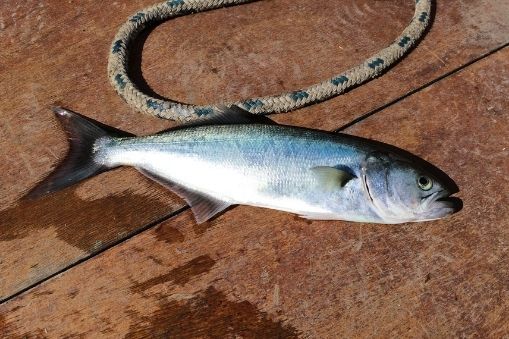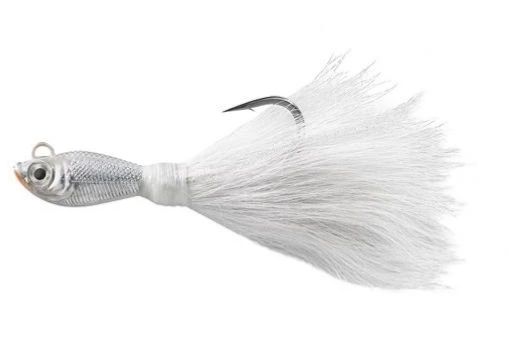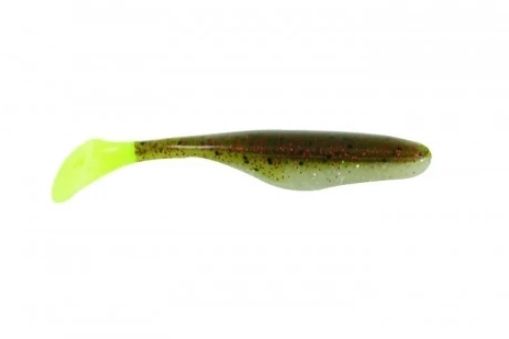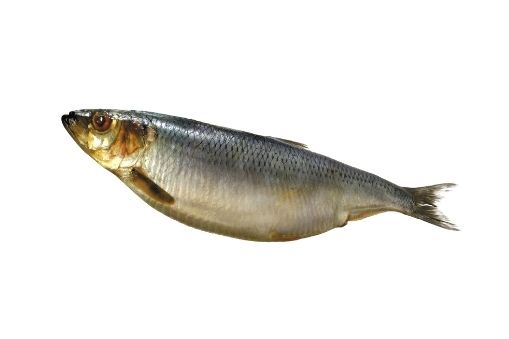Bluefish Fishing Tips
As the saying goes, there are so many fishes in the sea. If you are an angler, then increasing your knowledge about the types of fish that you can and should catch will benefit you greatly. It can increase your chances of catching them, with the additional knowledge being a great way to learn more about the various fishes.
The fish that we will be focusing on today is the bluefish. They are big and powerful and will likely give you quite a fight when it is on the line. The fact that they travel in large schools only add to the aggression that they show.
Let’s learn more about the formidable bluefish, as well as various bluefish fishing tips.
Knowing the Bluefish
The bluefish get their name from the colors seen on their body. The upper portion of their bodies sport sort of a blue to blue green hue. Their sides are colored silver while their bellies are white.
The snouts of the bluefish are quite pointed. Their mouths are also quite large. For their mouths, the lower portion is significantly more forward than the upper jaw. Within the mouth are sharp teeth that anglers need to be aware of, especially when holding it up after a catch.
In terms of size, they can live for approximately 12 years. Within those years, the bluefish can grow to a total size of 40 inches. Common fishing areas though see the average size of the bluefish at 12 inches.
Bluefish are found all over the world. The fact that they are migratory means they hit many different spots. The range of countries include Nova Scotia, Florida, Texas, and even the Gulf of Mexico.

Make no mistake, the bluefish are strong swimmers and are predatory by nature. They tend to hunt other schools of fish such as mackerel and butterfish to name a few.
It is mostly a summer fish. During this season, they can be found from Maine all the way to Cape Hatteras. However, they can still be found during the winter season between Florida and Cape Hatteras.
Bluefish are an excellent source of healthy nutrients. These include things like vitamin B12, omega-3, niacin, potassium, and magnesium to name a few. However, there have been advisories against eating bluefish due to mercury and other chemical contamination.
It is best to seek advice from health and fishing experts first before consuming bluefish.
Now that we know various details on the bluefish, we can start going over various tips that will help anglers catch them better.
Bluefish Fishing Tips
The Best Lures and Bait for Bluefish
The aggressive nature of the bluefish is something that anglers can take advantage of when trying to fish for them. Their aggression means that they’ll readily take on a variety of lures, even artificial ones.
Generally speaking, if the lure moves fast with flashes and vibrations, it tends to really work well on bluefish.
The White Bucktail Jig

First comes the white bucktail jig. This bluefish lure is actually a favorite for a variety of saltwater fish species, and has been used for a number of years. The strength of this particular lure is its versatility of use. It is a lure that can be cast from a rod, jigged, and even trolled.
Adding strips of squid or small bits of other fish could also entice the bluefish to bite on this lure more.
The downside to this particular lure is its durability. They generally aren’t built to be sturdy. As such, these will probably be wrecked by the bluefish.
The Sea Shad

Another quite popular and effective bait for bluefish is the sea shad. This is a soft plastic bait that is effective for bluefish. It is about 4 inches in length, with a variety of colors for you to choose from.
Use this when you are trying to catch bluefish in shallow waters.
Mackerel

In terms of the best bait, mackerel does just the trick for catching bluefish. Again, their aggression plays a large part here. They actually go for many types of live baits including mackerel, squid, herring, and butterfish.
The Best Time to Catch Bluefish
When it comes to seasons, spring to summer are the best seasons to set out and start catching bluefish. During this season, the bluefish come out in droves to a variety of locations.
In New Jersey for instance, the bluefish start to come out in May and stay all the while until October.
One of the great things about bluefish is that even late into the morning, anglers can still catch some bluefish. However, for best results, early morning and dusk are some of the best times to catch bluefish.
Fishing for Bluefish from Shore
Another great thing about fishing for bluefish is the fact that anglers can do so via a variety of ways. Whether anglers fish from boats or from the shore, the bluefish will be there as viable targets.
The fact that the bluefish go for a variety of baits and lures means that there aren’t really any other practices that give you an advantage from shore as opposed to on a boat. They commit to bait often and have durable mouths.
One tip that we can give though is to make sure that there is a hook far back on a bait. There may be times when the bluefish bite the back of baits. If an angler doesn’t put a hook back there, then the bluefish could just easily get away. You can check out our article on the Best Fishing Hooks to help you choose the right one for you.
Once they are on the line, just keep it tight until the bluefish is yours.
Blessed for Bluefish
Many anglers feel like bluefish are an annoying fish. However, stepping up to the challenge of catching these rambunctious and energetic fish is fun in itself. In addition, if anglers usually don’t catch large fish, then finding yourselves in bluefish territory is a blessing.
Our final tip for you is to always keep your pliers handy. These are useful when trying to get the hooks out of the bluefish’ mouth.
For all the anglers out there, we wish you luck and fun when catching those bluefish.
We like to share product recommendations with you and hope you like them! Just to make you aware FishingLab may collect a small share of sales or other compensation from the links on this page.
